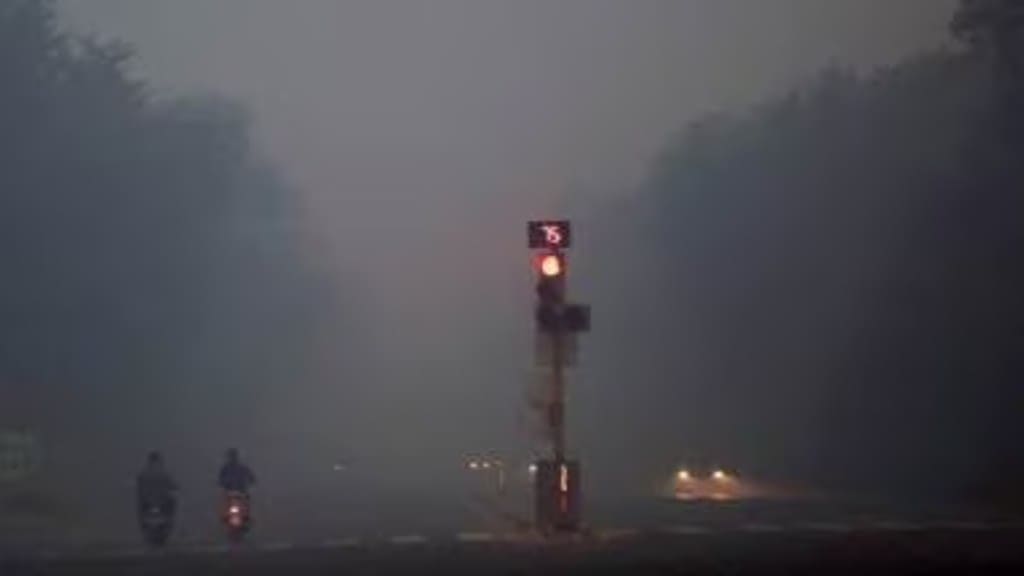As October comes to a close and Diwali arrives, curiosity about the weather in the coming days is growing. Many are concerned about how severe the smog may get after the festivities.
The month typically signals the beginning of winter, but this year, it’s on track to become Delhi’s warmest October since at least 2011, according to available India Meteorological Department (IMD) data on average maximum and minimum temperatures.
October in Delhi has mirrored last year’s weather, with Wednesday marking the month’s second-highest temperature at 36.1 degrees Celsius on the eve of Diwali, which is 5.1 degrees above normal, according to the weather department. The month’s highest temperature, 36.2 degrees Celsius, was recorded on October 19. In comparison, October 2011 saw an average maximum temperature of 33.4 degrees Celsius and a minimum of 20 degrees Celsius.
On October 2, the Safdarjung observatory recorded a day temperature of 37.2 degrees Celsius – the highest October temperature in the last 10 years, according to the IMD. It also ranks as the 10th highest maximum temperature for October since the IMD began keeping records in 1987.
As per the IMD, the temperatures will see a fall starting November 3.
Rainfall in THESE southern states
Earlier, the IMD had predicted that light to moderate rainfall is likely at a few places over Kerala and Mahe, Tamil Nadu, Puducherry and Karaikal and Karnataka today. Meanwhile, Rayalaseema could witness the same today.
Cases of isolated heavy rainfall can be seen over Tamil Nadu, Puducherry, Karaikal, Kerala and Mahe today.
Rajasthan to remain hot
The weather is expected to stay clear and dry across Rajasthan for the next few days, with maximum temperatures still nearing 40 degrees Celsius in many areas.
According to the Meteorological Centre in Jaipur, no rainfall was reported anywhere in the state in the 24 hours leading up to Wednesday morning. Churu recorded the highest temperature at 39.8 degrees Celsius, followed closely by Fatehpur, Barmer, and Jaisalmer, all reaching above 39 degrees.
How could hot temperatures in Delhi help with Diwali pollution?
Air quality analyst Sunil Dahiya noted that with firecrackers going off, PM 2.5 levels typically experience a sharp spike from the night before Diwali, lasting until the early morning hours the next day.
“With higher temperatures, there will be higher dispersal of pollutants compared to last year. Wind speeds are also better compared to last year. Also, Diwali was in November in 2023 so the cooler temperatures kept the pollutants trapped longer…PM 2.5 levels can go above 800 µg/m3 during peak from the eve of Diwali till 2-2.30 am is what we have observed in the previous years,” he told The Indian Express.


